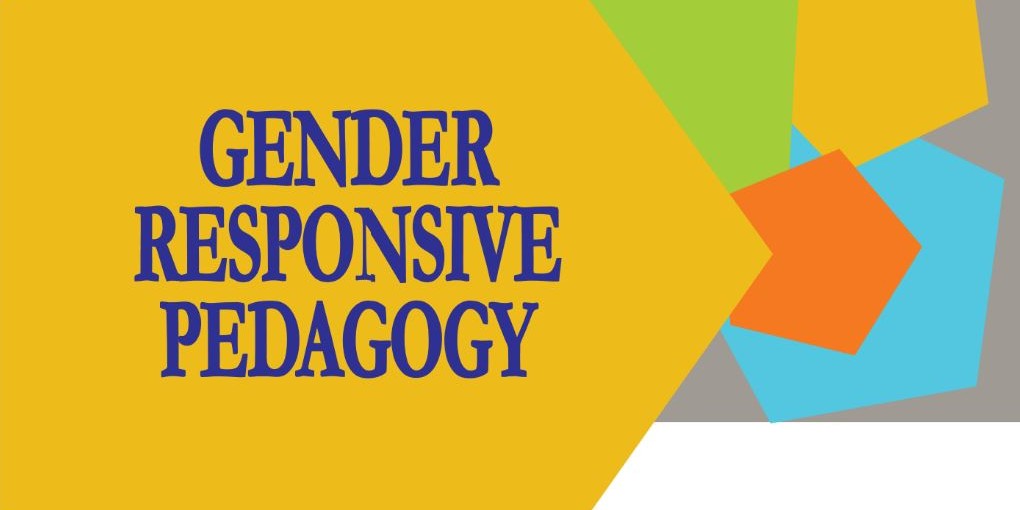Gender-Responsive Pedagogy
Equipping teachers with knowledge, skills and attitudes to empower them to respond adequately to the learning needs of girls and boys through using gender-aware classroom processes and practices.
Teaching quality has a significant impact on academic access, retention and performance. Yet many teachers in sub-Saharan Africa, conditioned by male-dominated values in their communities, employ teaching methods that do not provide equal opportunity to participation for girls and boys. Neither do these methods take into account the individual needs of learners, especially girls.
FAWE developed the Gender-Responsive Pedagogy (GRP) model to address the quality of teaching in African schools.
The model trains teachers to be more gender aware and equips them with the skills to understand and address the specific learning needs of both sexes. It develops teaching practices that engender equal treatment and participation of girls and boys in the classroom and in the wider school community.
Gender-Responsive Pedagogy was initiated in 2005 and has been introduced in Burkina Faso, Chad, Ethiopia, The Gambia, Guinea, Kenya, Malawi, Namibia, Rwanda, Senegal, Tanzania, Uganda and Zambia.
Over 6,600 teachers have benefited from FAWE’s GRP training since 2005.
Features of FAWE’s GRP model
The GRP model trains teachers in the design and use of gender-responsive:
- Teaching and learning materials.
- Lesson plans.
- Language in the classroom.
- Classroom interaction.
- Classroom set-up.
- Strategies to eliminate sexual harassment.
- Management of sexual maturation.
- School management systems.
- Monitoring and evaluation
Impact of FAWE’s GRP model
The GRP model trains teachers in the design and use of gender-responsive:
- Improvement in girls’ retention and performance.
- Greater participation of girls’ in the classroom.
- Improved gender relations within schools.





